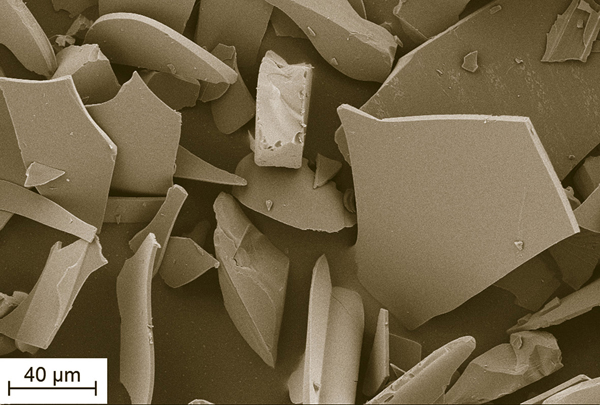With a little bit of science knowledge, artists can learn to make paints and glazes at home quite easily and for far less cost. A Colorado artist is working to educate others on how she creates environmentally friendly watercolor paints from foraged plants and food waste.
Read MoreTitanium dioxide is widely used as a photocatalyst due to its high catalytic activity, excellent chemical stability, low material cost, and minimal toxicity to humans. However, some researchers raised concerns that using TiO2 photocatalytic paints as a remediation technology to improve air quality may do more harm than good.
Read MoreRadiative cooling paint offers a way to regulate temperature inside a building and reduce reliance on air conditioning. Researchers at Purdue University developed a new radiative cooling paint based on calcium carbonate that reaches 95.5% reflectance in the solar spectrum, substantially higher than the solar reflectance values of commercial radiative cooling paints.
Read MoreCould paint be the next material to generate hydrogen fuel? Researchers recently developed a way to produce hydrogen fuel from solar energy and humid air. They mixed synthetic molybdenum sulfide with titanium oxide to create a paint that produces hydrogen fuel from solar energy and moist air.
Read MoreScientists at University of Kaiserslautern and Fraunhofer Institute for Physical Measurement Techniques in Kaiserslautern, Germany, have developed a technique that uses time of flight measurements from terahertz pulses to resolve individual layers within multilayered surfaces—now all the way down to 4 micrometers.
Read MoreResearch out of the Fraunhofer Institute for Silicate Research ISC (Würzburg, Germany) shows that the addition of manufactured porous glass to paint or plaster can help your home better regulate the indoor climate—particularly, humidity.
Read MoreTake a look: Brownwood Clay Holdings announces successful testing of new ceramic proppant using natural resources available near active shale plays Brownwood Clay Holdings, LLC (BCH) announced a revolutionary development…
Read More






